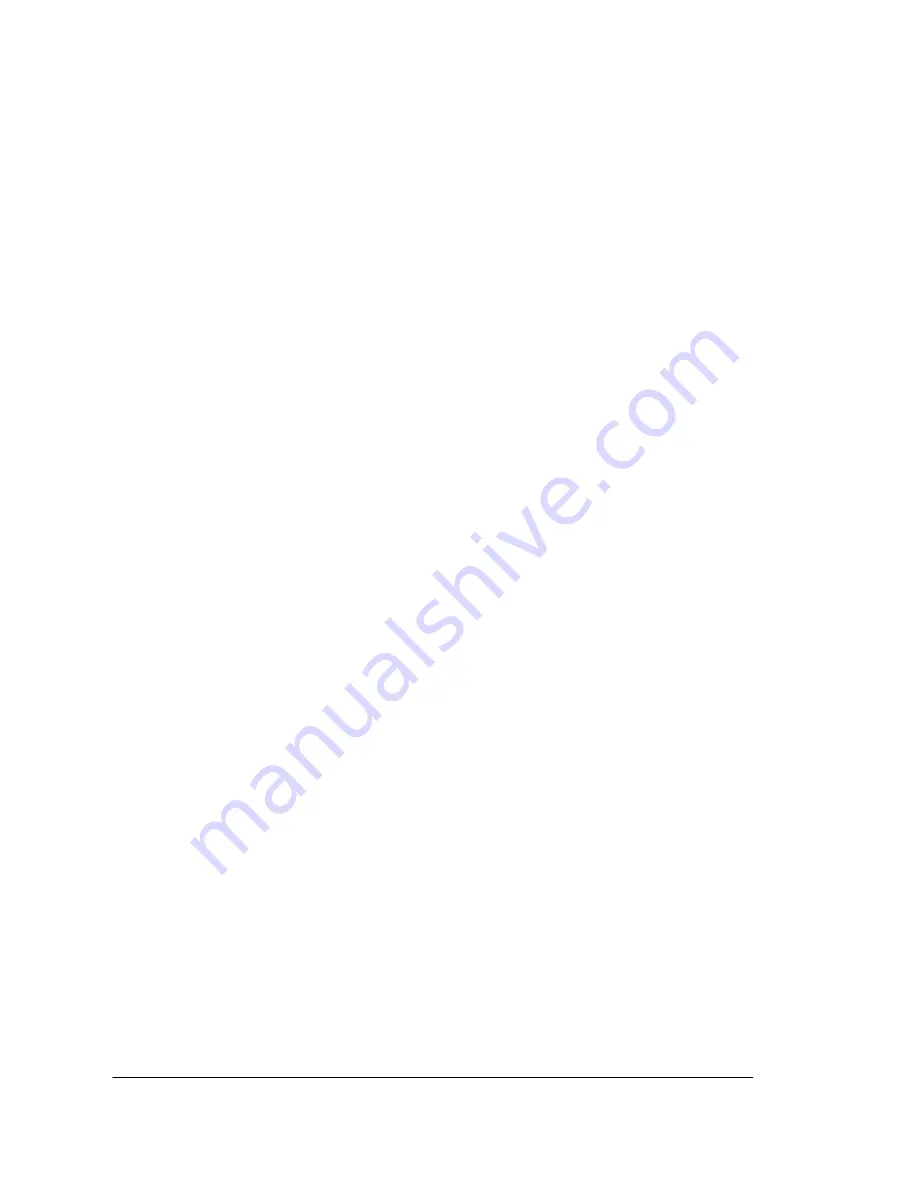
GRAUPNER GmbH & Co. KG D-73230 KIRCHHEIM/TECK GERMANY
Keine Haftung für Druckfehler. Technische Änderungen vorbehalten! Liability for printing errors excluded. We reserve the right to introduce modifications. Sous réserve de modifications!
Nous ne sommes pas responsables d’éventuelles erreurs d’impression!
#0060946
08/2009
14
where the sail battens are to be glued; the lengths of the individual battens are shown in the sketch.
•
Slide the mainsail into the mast channel and push or pull it up until the top end is just short of the mast tip.
Slide the main boom support onto the mast and screw the lower bearing to the mast. Adjust the position of
the sail until it is about 1 cm away from the main boom. Cut the following lengths from the 1.0 mm Ø cord: 1
x 64 cm, 1 x 40 cm and 1 x 16 cm. Tie the 16 cm long cord permanently to the bottom of the sail, pass it
through the hole in the spacer and tie the cord in such a way that the distance between the sail and the
boom is 1 cm. Tie the 64 cm length of cord to the top of the sail, pass it centrally through the mast head
and place the sail under light tension, winding the cord five or six times round the upper cleat before
securing it. Now tie the 40 cm length of cord permanently to the outside of the sail, and pass it through the
hole in the outer main boom fitting (E08). Fit a shroud tensioner (D06) and a hook on the cord, then tie it in
place as described earlier for the mast.
•
Glue the two end fittings (E10) to the jib boom.
IMPORTANT:
the flat areas of the fittings must lie in the
same plane. Screw the ring holders (D07) and the cleat (D08) to the jib boom.
•
Glue the sail battens to the jib as shown in the sketch. The light-coloured areas of the sail indicate where
the sail battens are to be glued; the lengths of the individual battens are shown in the sketch.
•
Cut the following lengths from the 1.0 mm Ø cord: 1 x 340 cm, 1 x 64 cm, 1 x 40 cm and 1 x 16 cm. Tie the
jib cord (forestay) to the end fitting at the front extremity of the jib boom. Tie the 40 cm length of cord to the
rear end of the jib sail, run it through the inner end fitting, then through a shroud tensioner (D06) and hook
before connecting them together, as described earlier for the mast. Tie the 64 cm length of cord (extension
of the forestay) to the ring holder on the jib boom, then tie the 16 cm length of cord to the top of the jib. Fit a
shroud tensioner (D06), thread the cord through the ring holder on the mast, and wind the cord five or six
times around the cleat.
•
Fold the 340 cm length of cord in half and tie it to the mast head. Run both ends through a shroud
tensioner (D06) and a hook, and secure it as described for the mast. These lengths of cord act as the
backstay.
•
Insert the mast into the mast socket on the hull. Connect the shroud ends (hooks) to the ring holders on the
deck, and tighten them to the point where the mast stands firmly on the deck. Connect the hooks on the
backstay, and run the extension of the forestay through the ring holder. Tension the two stays to the point
where the mast stands at a very slight angle (rake) towards the stern; you may need to adjust the tension in
the shrouds at this point.
IMPORTANT:
since all of the winch power is transmitted to the hull via the
shrouds and stays these must always be tensioned uniformly, otherwise they will not share the force
transmission evenly.
•
Run the two sheets through the appropriate ring holders, and adjust the sails so that their settings can be
varied using the transmitter stick.
NOTE:
the sails must not prevent the sailwinch moving (motor stalled) in
the close-hauled state, i.e. when close-hauled, the sails should lie as close as possible to centre relative to
the hull centreline, but without being under tension. The travels stated in the supplementary instructions
can be adopted as the basic settings, while the ideal values can be “learned” later during the test-running
procedure. The next few sections of these instructions are intended as a general guide for optimising the
model, and are based on our own experience. These sections also explain particular procedures when
sailing, and are aimed at helping the beginner to model sailing achieve a good overall set-up of the model
quickly and easily.
•
NOTE:
the supplementary lateral keels should only be used in fairly strong winds, as they tend to slow the
boat down in light breezes.












































